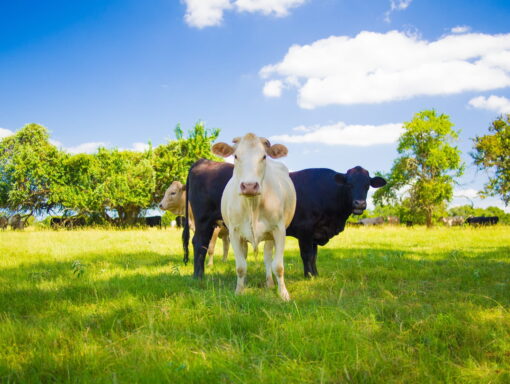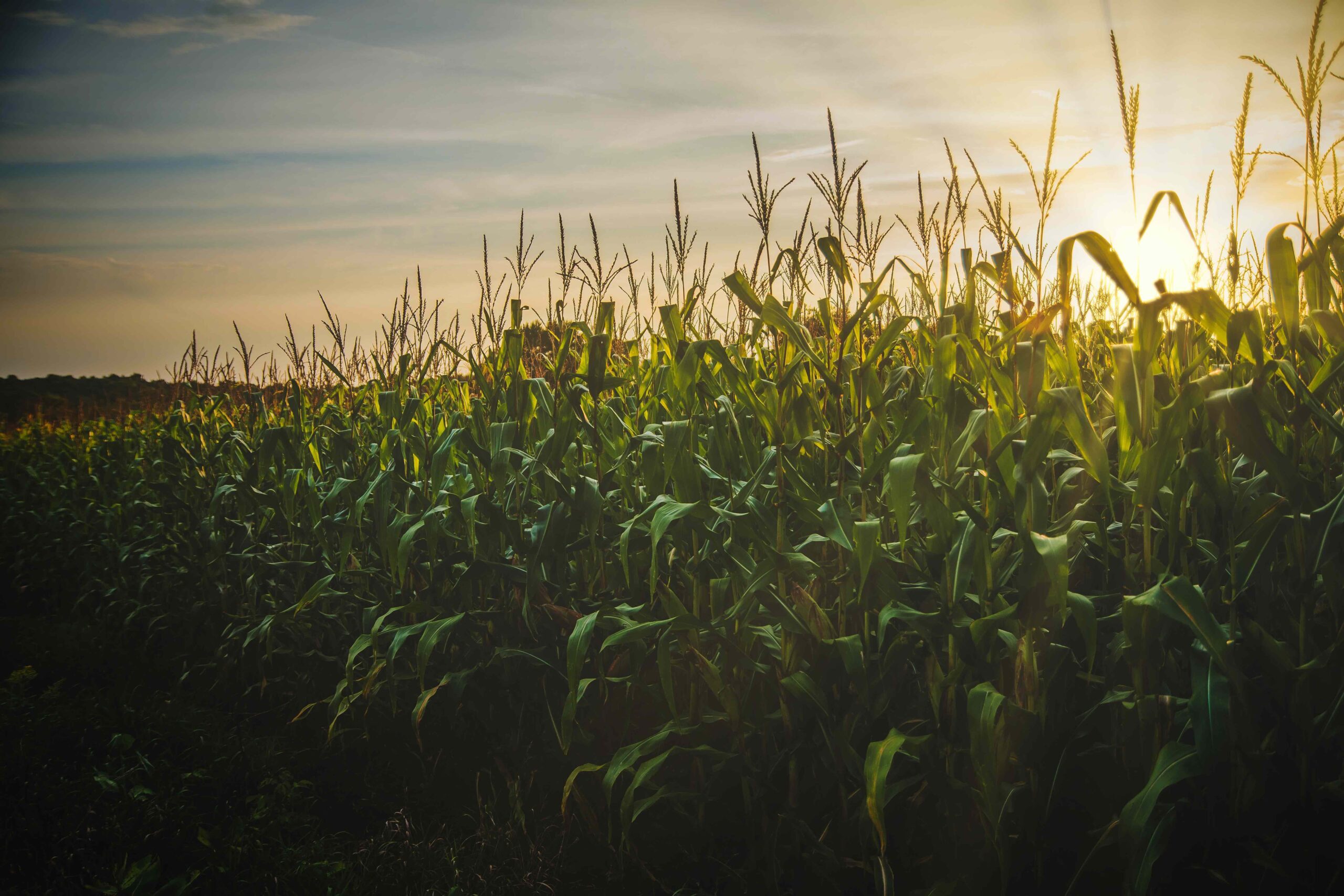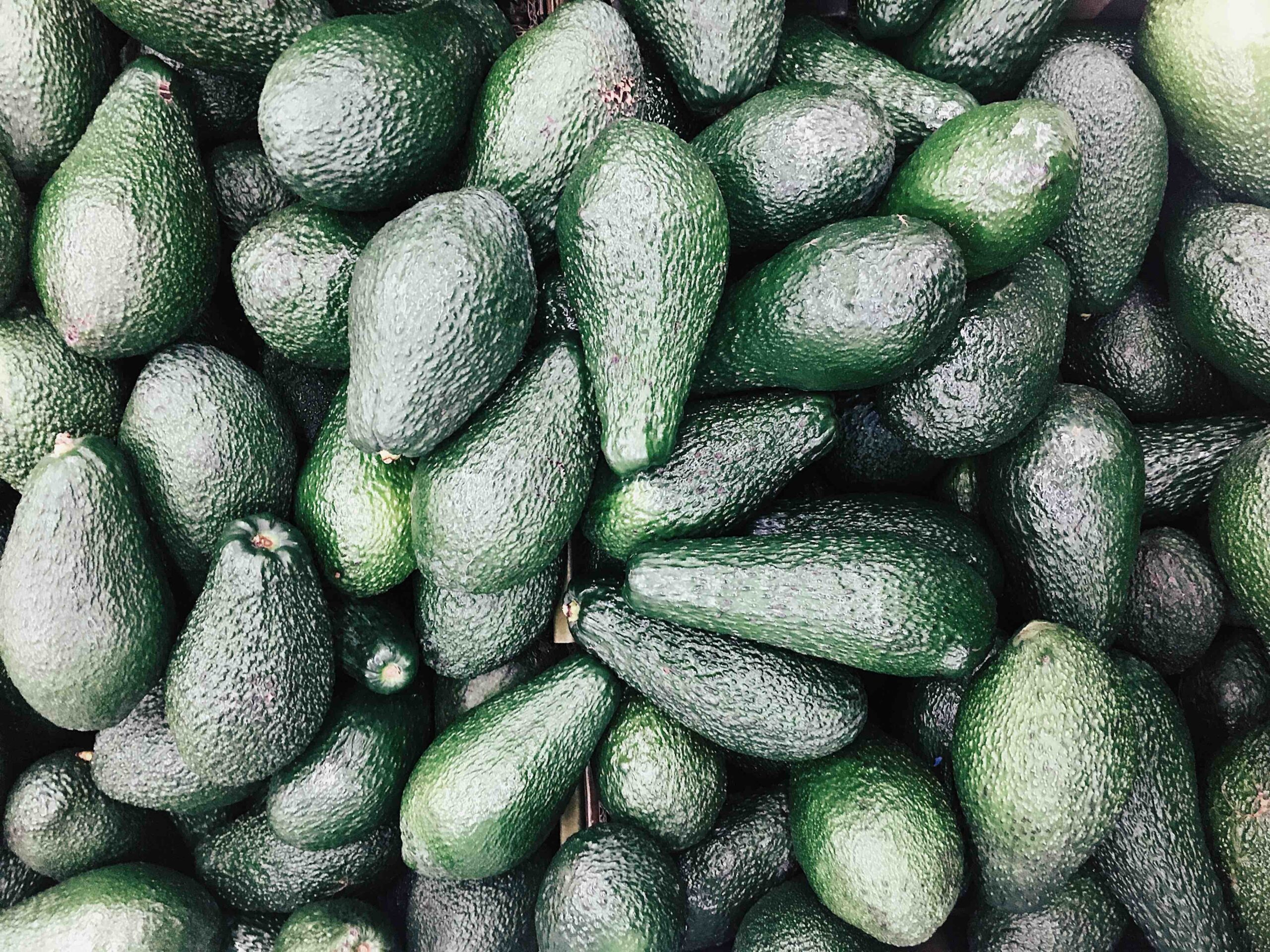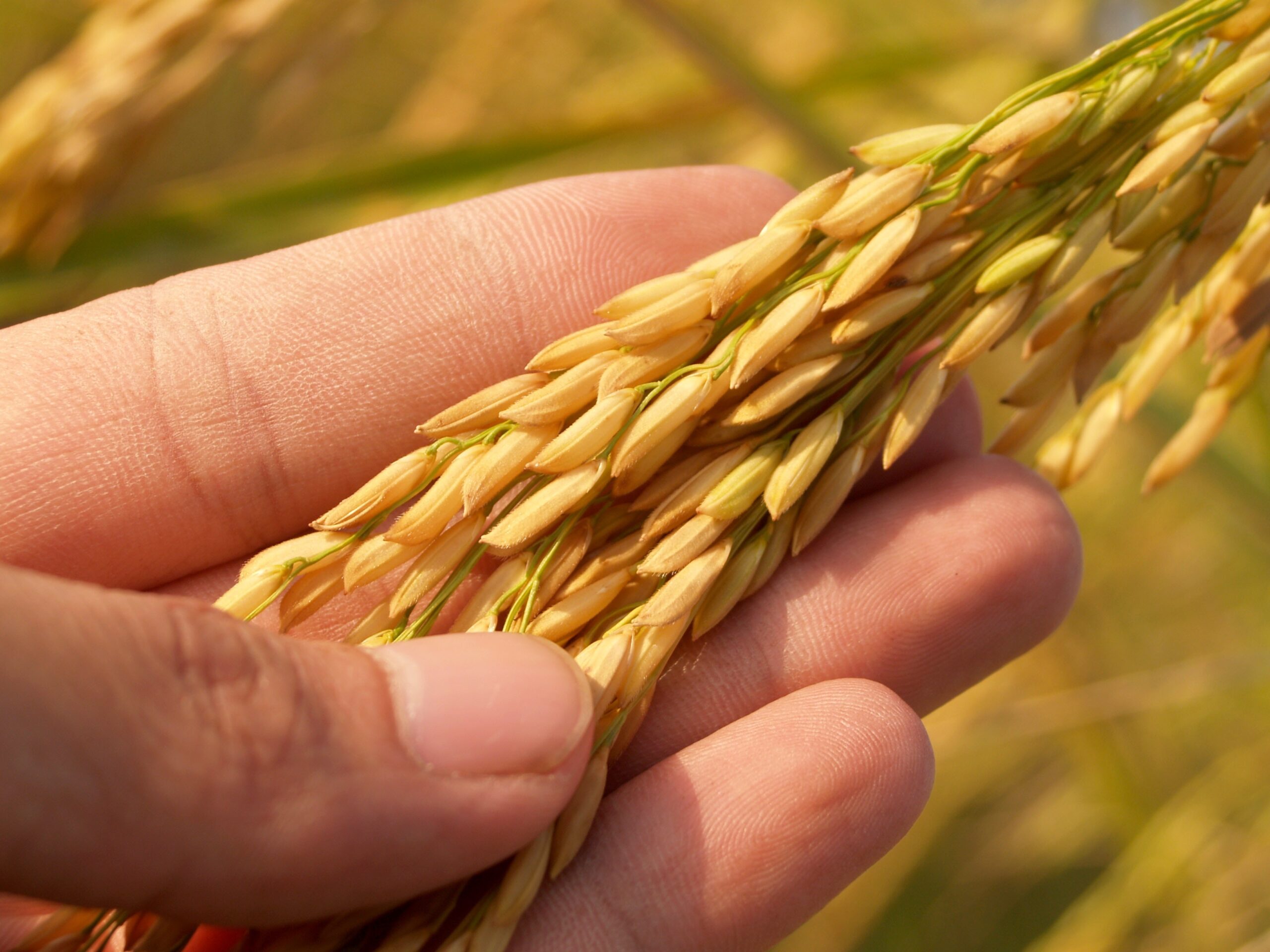Fed cattle prices surged into record territory last week, with the daily average 5 market live fed steers hitting $175.87 on April 7th. Daily average fed steer prices last reached the $170s in late 2014 and early 2015, with a high of $172.08 on November 26th, 2014. Steer prices have, generally, been increasing since the beginning of the year, with a couple weeks of dips in mid-January and mid-March.
The calf market surged along with it. Georgia, 7-800 pound feeder steers began the year at $156 per cwt and finished last week at $176. The same weight steers in the Southern Plains have advanced from $184 in January to $193 last week. Lighter weight, 4-500 pound steers in Georgia and the Southern Plains averaged $240 and $247 last week, respectively.
Packers have continued to demand cattle as supplies have tightened. Beef demand appears to continue to be good. While wholesale prices for steak cuts like ribeyes and loin strips have declined over the last couple of weeks, 90 and 50 percent lean boneless beef and cuts like briskets have increased. Higher fed cattle prices have pulled calf and feeders higher. Lower feed prices are also boosting feeder cattle prices.
The big unknown in the market is beef demand over the course of the year. The effect of federal reserve action to slow the economy to fight inflation is yet to be fully felt. Will a broader segment of consumers buy less beef in response to tightening incomes? Can retail beef prices increase to reflect record live animal prices or will margins absorb the higher live prices? So far, packer margins have shrunk absorbing higher live prices. Regardless of those questions and answers, beef supplies will continue to tighten. High calf and feeder prices may provide some opportunities for cattle ranchers to grab some profits.
Tomorrow’s SAT will look at futures market prices and some ways to protect these higher prices now for this Fall.



Anderson, David. “Cattle Prices in Record Territory.” Southern Ag Today 3(15.2). April 11, 2023. Permalink










